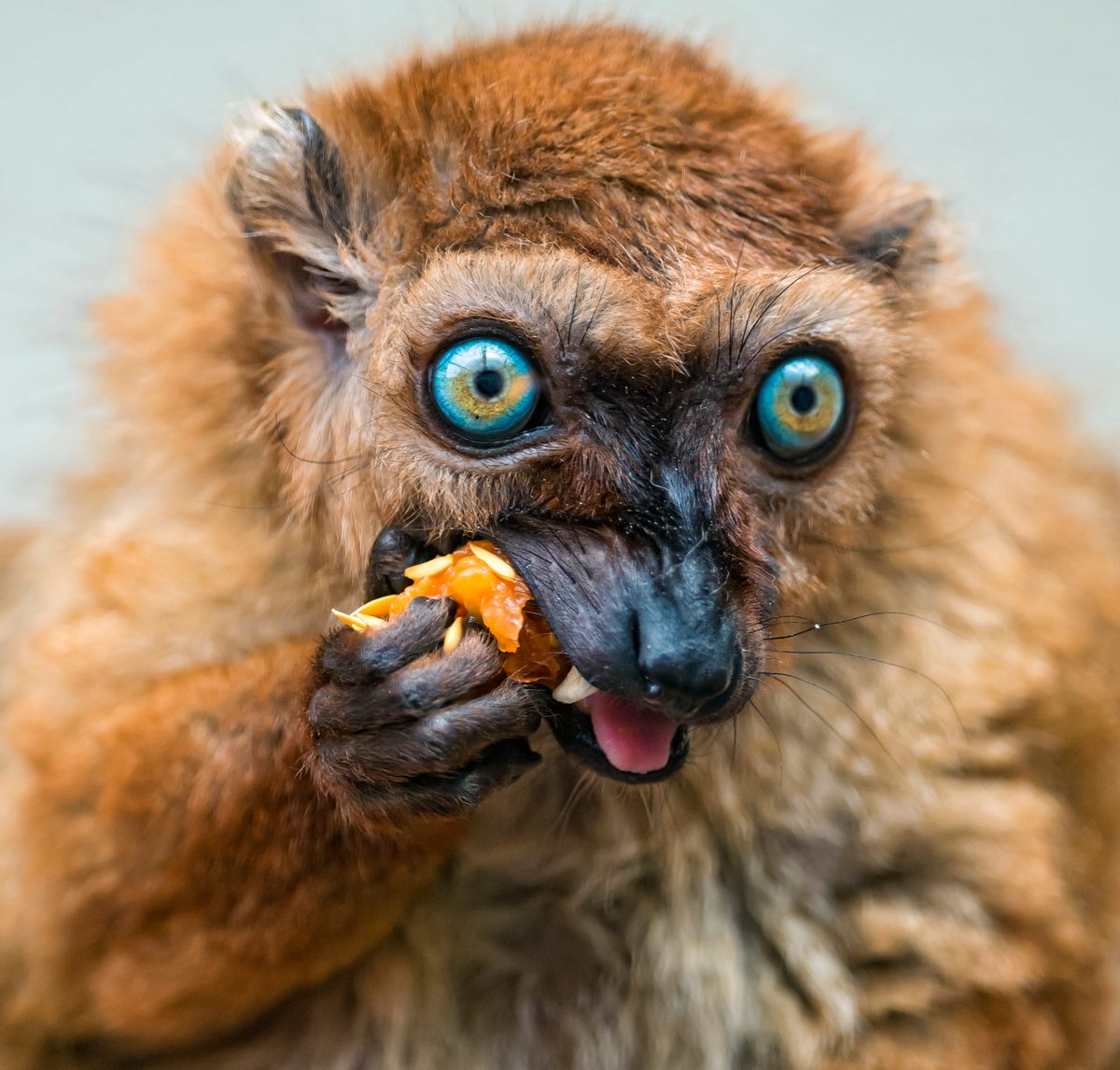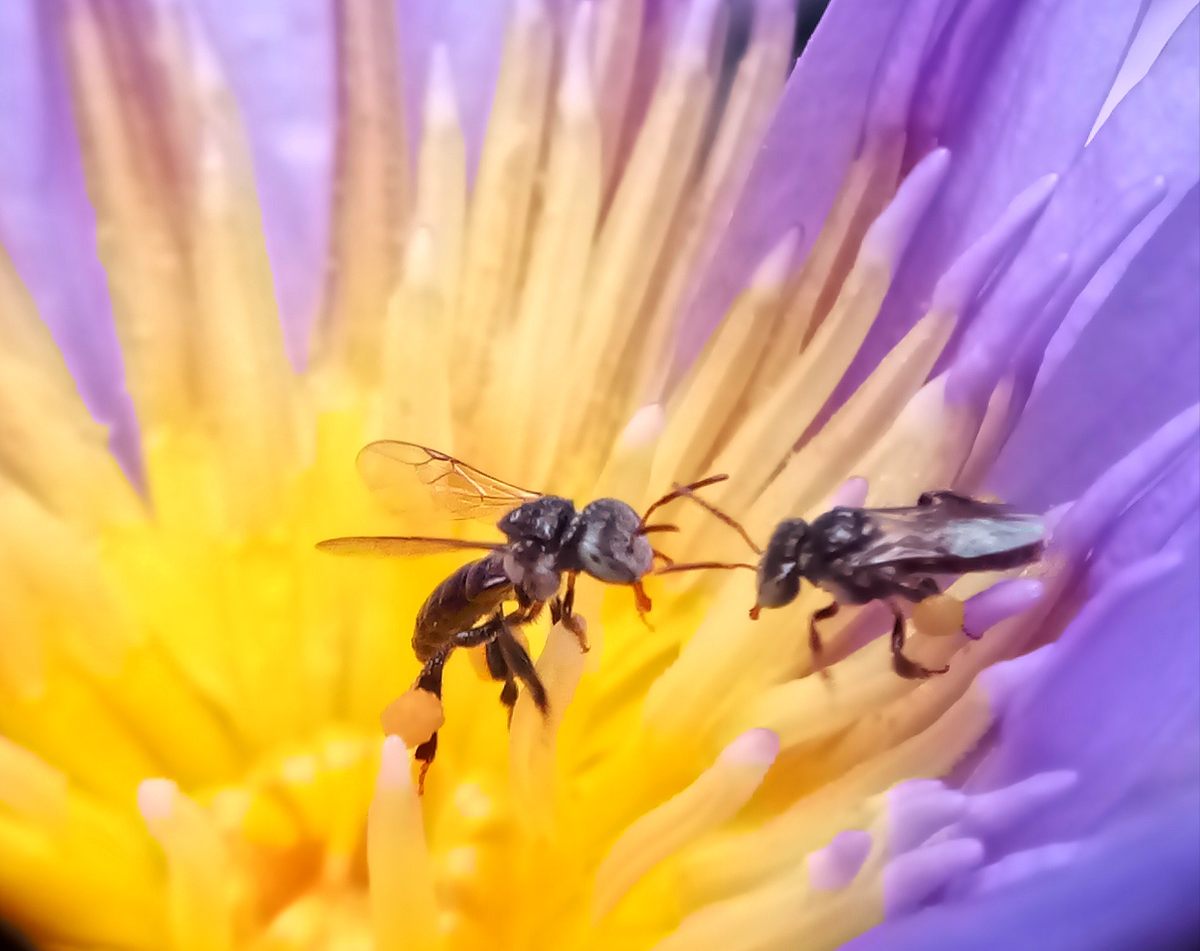From Naming Each Other to Getting Drunk, Animals Are More Like Us Than We Thought
We’re not so special after all.

What makes humans, well, human? Most people will point to a behavioral trait, something that feels innate, and exclusive, to our species of surface-dwelling primates. And some behaviors do seem to be unique to us; for example, I’ve never encountered a zoologist who claimed another species is capable of sarcasm.
What fascinates me, though, is that attempting to address this question used to be considerably easier.
A few decades ago, the human-animal boundary seemed clear-cut. Humanity used tools, complex and varied methods of communication, agriculture, and creative thinking, to develop societies. Humans engaged in warfare, art, and recreational delights. Animals, we thought, haven’t done any of that.
Except, of course, they have. And a rapidly growing mountain of evidence is blurring the line between humanity and the menagerie of beasties that surround us. Countless critters, from apes and monkeys to octopuses and corvids, use tools to forage for food, gather water, craft weapons, make shields, create traps, solve puzzles, and pick locks. Chimpanzees have been seen using battle tactics also deployed by human soldiers. Neanderthals, closely related to modern humans, left surreal engravings and paintings on the walls of caves. Animals’ spectra of sexual behaviors are just as diverse as (and, sometimes, considerably more kaleidoscopic than) our own species’s proclivities. A cornucopia of critters, from bears to elephants, have been seen using fermented fruit to get drunk or high.

A recent addition to that mountain of evidence is particularly shocking for anyone clinging to old ideas about human exceptionalism. In June, a paper in the journal Nature found that African elephants addressed each other vocally with individual names—something that was thought to be uniquely human. Previous research has suggested that other animals, including dolphins, are capable of similar but less complex behavior: They essentially imitate the vocalizations of the addressee. The recent research on elephants appears to be the first example of wild animals using specific names for one another, much in the way humans do.
There’s more: Earlier this year, as reported by Quanta Magazine, a collective of prominent biologists and philosophers agreed that many creatures probably have what we would call a consciousness. They weren’t just talking about animals such as mammals and birds, which feels less surprising, but also insects and crustaceans: They engage in playful behaviors, those not merely conducive to survival, as if they see the world as a place to be enjoyed rather than merely endured.
Language, however, remains a tricky behavior to parse. Defined in numerous ways, a language can refer to any way animals communicate, or it could more specifically refer to a system in which ideas or feelings are communicated via signs, noises, marks, or gestures. It may seem to us as though certain animals have a language when they speak to one another. But I’ve spoken at length with animal communication experts who disagree on whether various animals are conversing in a language. Is what they are communicating merely moods, needs, or commands—or are abstract thoughts part of that dialogue?

Take humpback whales. In a recent experiment, scientists aboard a boat relayed changing patterns of whale “whoop” calls to a specific humpback as it followed them around. Not only did the whale respond in kind, but it matched the cadence of the recorded’ vocalizations too, indicating that something like a dialogue was happening. But it remains unclear whether there is any deeper, granular meaning embedded in those vocalizations, or if it’s just the equivalent of a whale and a human saying “hello” to each other.
Regardless, it is quickly becoming clear that there’s a lot about complex animal vocalizations that scientists are far from comprehending. Each discovery is revelatory, but less surprising, as we continue to uncover the limits of our understanding.
That recent Nature study is yet another step forward in that journey. The paper begins by noting that “personal names are a universal feature of human language, yet few analogues exist in other species.” Dogs respond to their names being called, but they probably don’t know that they are represented by those names; instead, they are trained to look to us when they hear that specific combination of vowels and consonants. Dogs, like other non-human animals, don’t seem to vocalize individual names to other members of their species, but rather make specific sounds to garner attention from entities in that direction.

Scientists wondered if elephants, long known for their baroque vocalizations, may buck that omnipresent trend. First, they obtained a bounty of elephant calls, known as rumbles, recorded between 1986 and 2022. Then, they fed them into an artificial intelligence program, which categorized calls that didn’t appear to be generalized shouts for attention.
Per BBC News, the program found hundreds of distinct calls—and some of these appeared to be directed not at groups of elephants, but individuals. When said calls were played at any other elephant, the response was muted. But when directed at those specific individuals, said elephant enthusiastically reacted and sought out the source of the call. And, as reported by The Guardian, adult elephants were more prone to using these targeted rumbles than calves, implying that elephants develop custom rumbles—i.e. names—as they age, and use them to refer to one another.
Until now, this trait was thought to be unique to Homo sapiens: We don’t just say “hey” at each other, or mimic another person’s noises, to get their attention. We speak their given names aloud. And so, apparently, do elephants. The human-animal line, once again, is smudged and smeared, made blurry by that little drop of knowledge.
There’s nothing wrong with wanting to think of humanity as distinct. Certainly, we have our quirks and eccentricities. It’s easy to dwell on the large-scale disasters we have collectively wrought, but humanity has also achieved wonders: We have flown robots into the space between the stars and eradicated entire diseases; by arranging splotches of paint on a canvas, lines of code in some software, or rearranging a small set of letters on a page, we can craft entire universes to explore, whenever and wherever we fancy.
These remain distinctly human triumphs. But hubris can lead to catastrophes. Pride can push us into dark places. Being humbled is not always a terrible thing—in fact, it does us a world of good to be reminded that we are not the center of the cosmos. Humility engenders kindness, respect, and empathy. To which, I ask: how does it feel, knowing that elephants, just like us, call each other by name?
Let’s return to our original question: what characteristic or trait do you think makes humans human? Our potent sense of curiosity used to be a solid response. But perhaps a better answer is this: humanity is the only species that documents the curiosity, and conscious complexity, of other creatures. We are finding out that the world is full of animals that are, in so many manners, just like us. And we can’t resist writing that down and sharing it with others. It’s humility, suffused with delight.
Robin George Andrews is a doctor of volcanoes, an award-winning freelance science journalist, and the author of two books: Super Volcanoes: What They Reveal About Earth and the Worlds Beyond (2021), and the upcoming How to Kill an Asteroid: The Absurd True Story of the Scientists Defending the Planet (2024).
























Follow us on Twitter to get the latest on the world's hidden wonders.
Like us on Facebook to get the latest on the world's hidden wonders.
Follow us on Twitter Like us on Facebook